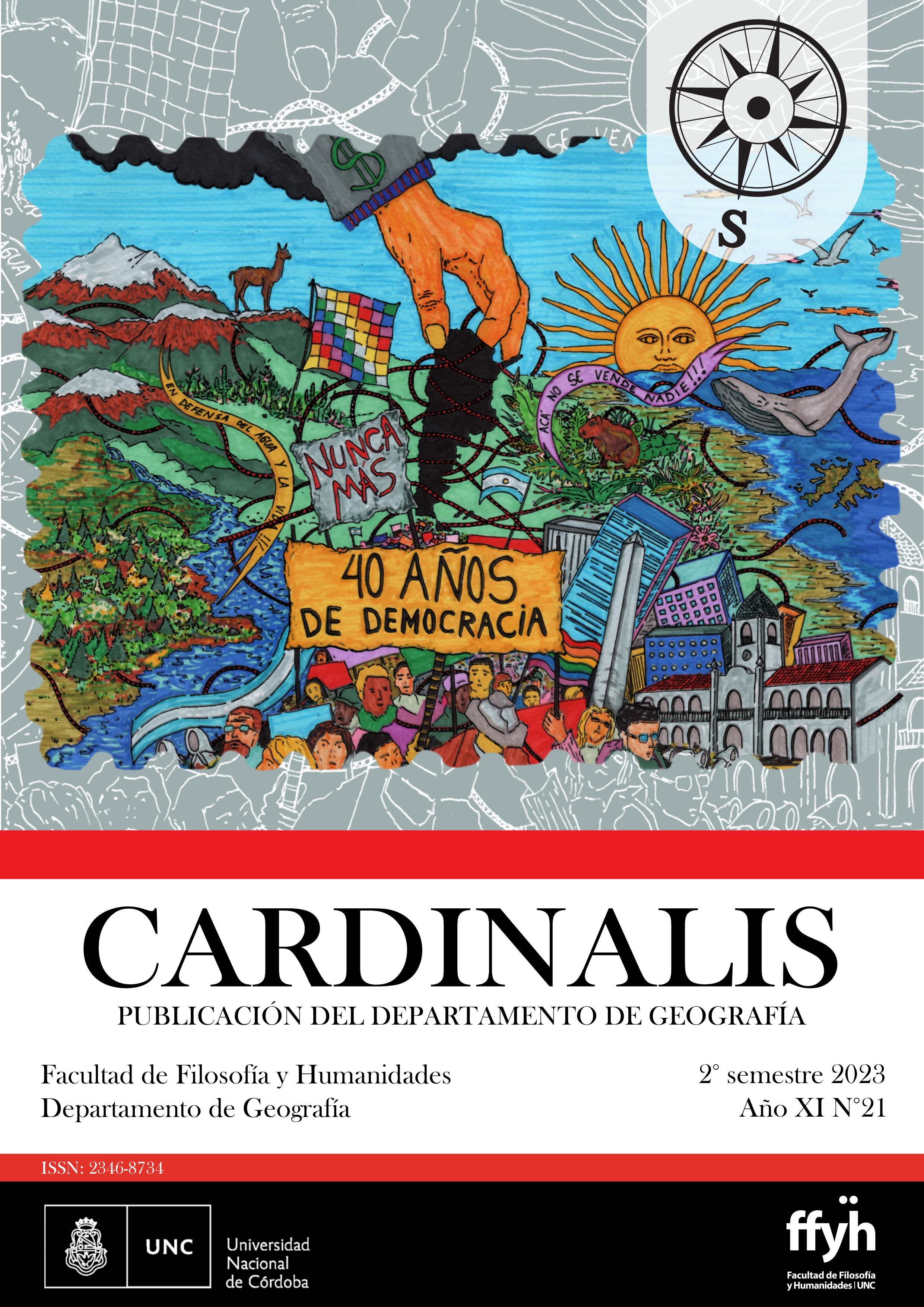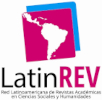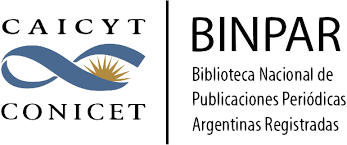The breast as a deadly sin.
Essay on human breastfeeding in a society marked by the pedagogy of cruelty
Abstract
The present work aims to investigate the obstacles, challenges and potentialities of breastfeeding practice within the framework of a capitalist-patriarchal model rooted in the pedagogy of cruelty. This essay proposes to draw theoretical and methodological ins-piration from the anthropology of the senses and the concept of the body-territory. From these perspectives, we are interested in understanding how the body constitutes both the primary territory of struggle and a place of individual and collective marks and oppres-sions. Within these latter, we will focus on analyzing the three separations that women must confront during the practice of breastfeeding due to patriarchal mediation: with their own body, with their offspring, and with other women. Finally, we will address how the characteristics of breastfeeding, such as gratuity, abundance, and exclusivity, contrast with the logic imposed by liberal economics, positioning this practice as a "capital sin" in this capitalist-patriarchal model, but also as a bastion of resistance for others who wish and believe that other ways of connecting with our bodies and territories are possible, based on respect, shared responsibility and love.
Downloads
Downloads
Published
Issue
Section
License
Copyright (c) 2023 Nadia Alexandra Balmaceda, María Julia Angeli

This work is licensed under a Creative Commons Attribution-NonCommercial-ShareAlike 4.0 International License.
Aquellos autores/as que tengan publicaciones con esta revista, aceptan los términos siguientes:- Los autores/as conservarán sus derechos de autor y garantizarán a la revista el derecho de primera publicación de su obra, el cuál estará simultáneamente sujeto a la Licencia de reconocimiento de Creative Commons (indicada abajo) que permite a terceros compartir la obra siempre que se indique su autor y su primera publicación esta revista.
- Los autores/as podrán adoptar otros acuerdos de licencia no exclusiva de distribución de la versión de la obra publicada (p. ej.: depositarla en un archivo telemático institucional o publicarla en un volumen monográfico) siempre que se indique la publicación inicial en esta revista.
- Se permite y recomienda a los autores/as difundir su obra a través de Internet (p. ej.: en archivos telemáticos institucionales o en su página web) antes y durante el proceso de envío, lo cual puede producir intercambios interesantes y aumentar las citas de la obra publicada. (Véase El efecto del acceso abierto).

Esta obra está bajo una Licencia Creative Commons Atribución-NoComercial-CompartirIgual 4.0 Internacional.






